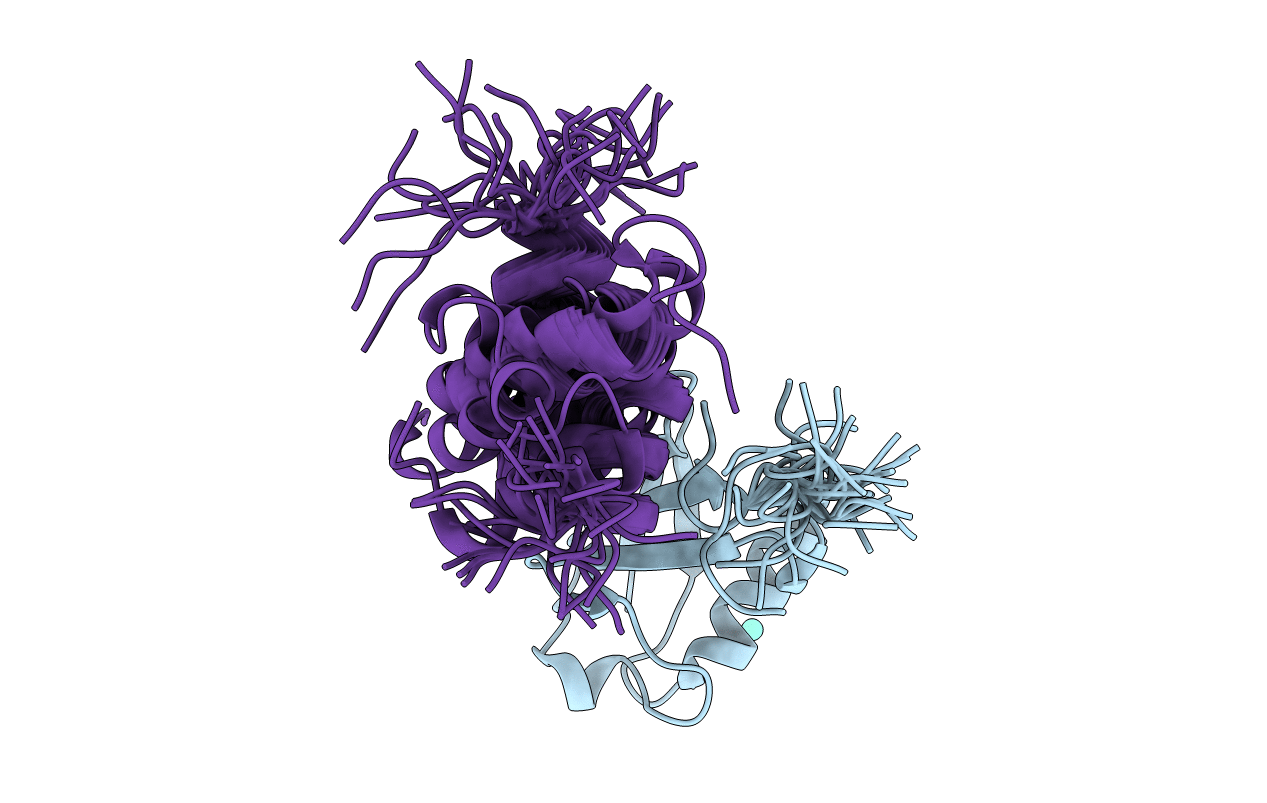
Deposition Date
2017-03-21
Release Date
2017-05-31
Last Version Date
2024-05-15
Entry Detail
PDB ID:
5XBO
Keywords:
Title:
Lanthanoid tagging via an unnatural amino acid for protein structure characterization
Biological Source:
Source Organism:
Homo sapiens (Taxon ID: 9606)
Host Organism:
Method Details:
Experimental Method:
Conformers Calculated:
160
Conformers Submitted:
30
Selection Criteria:
structures with the lowest energy


